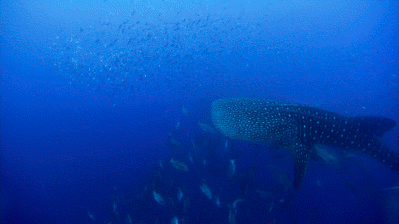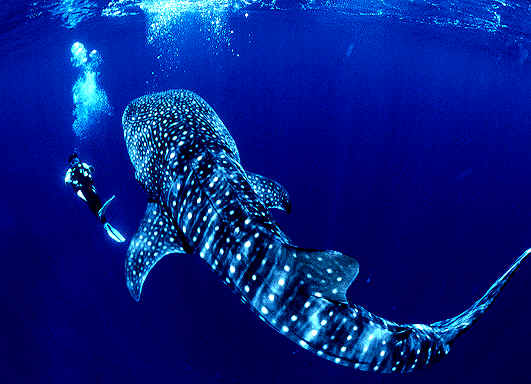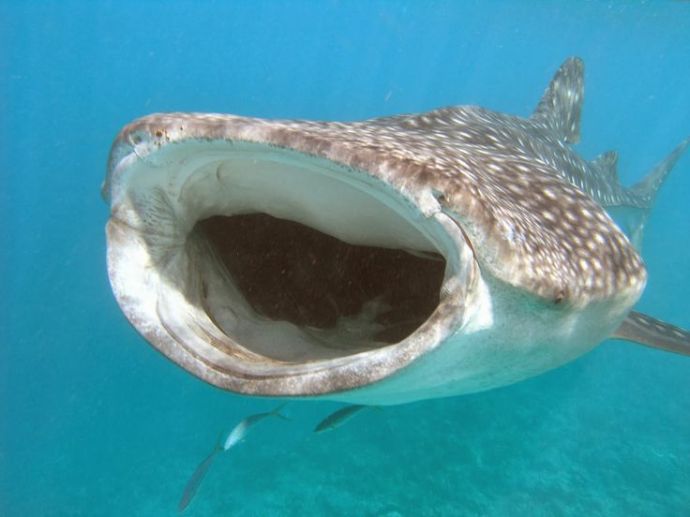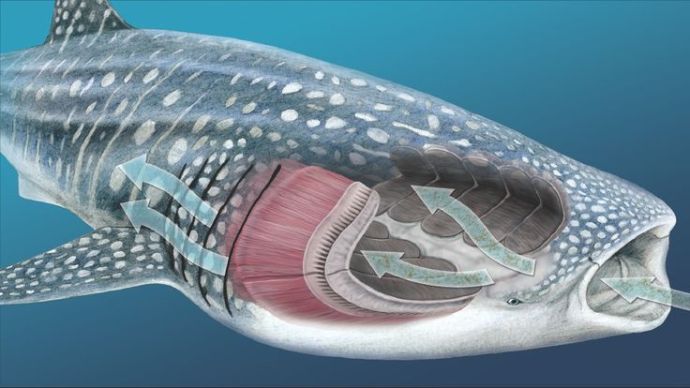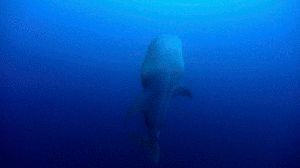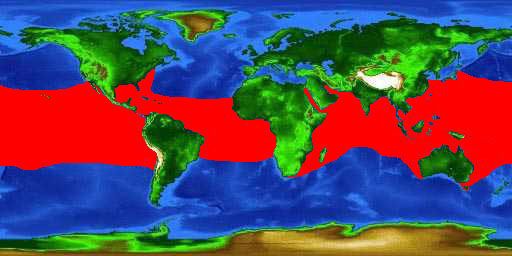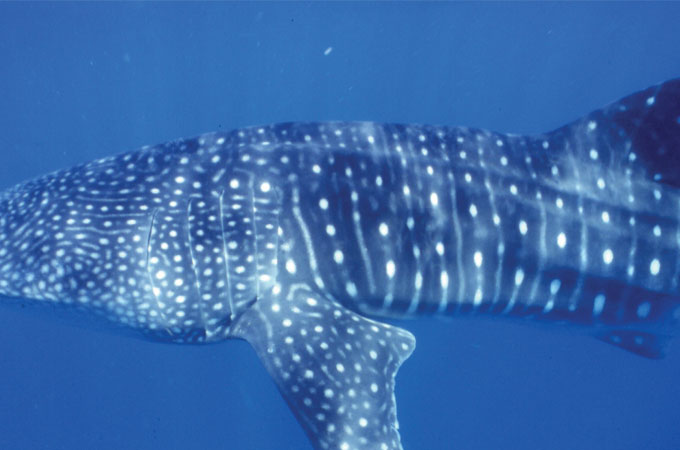I’ve sort of been neglecting this blog lately: I recently started school and a new job, and as a result writing in here has fallen by the wayside. BUT, I’m in the mood to write tonight!
The focus of today’s post is an animal that has fascinated me for years. That animal is the largest extant shark (and also the largest fish in the world), the whale shark, or Rhincodon typus. The name “shark” often evokes an image of a ferocious predator with rows of sharp teeth that you may not want to get too friendly with, but when it comes to the whale shark that image is misleading. Although they are a member of the Elasmobranchii group (which includes other sharks, as well as skates and rays), they are not nearly as intimidating as their other sharky brethren can be. At an average size of 12 m (40 ft), a maximum size believed to be 40 m (65ft), and weighing in at an average of 20.6 tonnes or more, the whale shark could make quite the formidable predator; however (perhaps fortunately for us) this shark only ingests plankton, as well as small fish, krill, squid, and crustaceans.
Oh, and it’s super gentle. In fact, scuba divers often swim with whale sharks in the open ocean.
The whale shark is one of three species of shark that filter feed, the other two species being the basking shark and the megamouth shark. In essence, the shark sucks water into its sizable mouth like a vacuum, where gill rakes then filter nourishment from the water before it is expelled through the gill slits. Although they do have about 3,000 tiny teeth in their mouths, these teeth seem to play no role in feeding. The sharks prefer feeding in the evenings near warm surface waters, where their prey is abundant. They may also congregate where food is plentiful, but they are generally solitary creatures.
Whale sharks have a very large distribution throughout the world’s oceans, appearing in all tropical seas. It is not known where whale sharks go to reproduce, although they are known to be ovoviviparous (bearing live young). There have been no studies which have validated growth rates, age of maturity, or maximum age, although a tentative hypothesis is that they can live to be 60-100 years old. This species is also believed to be extremely migratory. In 2001, three sharks tagged near Seychelles in the Indian Ocean were then tracked traveling to Zanzibar, then Somalia, and over 5000 km to the coast of Thailand. More studies would need to be done to conclusively prove that they are indeed highly migratory animals.
Whale sharks have distinct white markings on their bodies which form patterns that are unique to individuals, and scientists have used this to their advantage in tracking and identification. Together, marine biologist Brad Norman, astrophysicist Zaven Arzoumanian, and computer programmer Jason Holmberg embarked on a mission in 2005 to devise a computer program that could identify whale sharks through images of their spots and stripes. They modified an existing algorithm that was originally written for the Hubble Space Telescope to identify patterns of stars in the sky. The new computer program they developed is now able to scan photographs of whale sharks and identify individuals based on the patterns of their markings. There now exists an online database of recorded whale shark encounters, the Wildbook for Whale Sharks, to which anybody can submit their photo to be identified and to help with research (http://www.whaleshark.org/).
Thank you for reading, and I hope you enjoyed my post for today! I’ll end off with a video that sparked my original interest in these gentle giants, and although I’m not quite sure I support the captivity of such large, purportedly migratory animals, the video is nonetheless beautiful.

